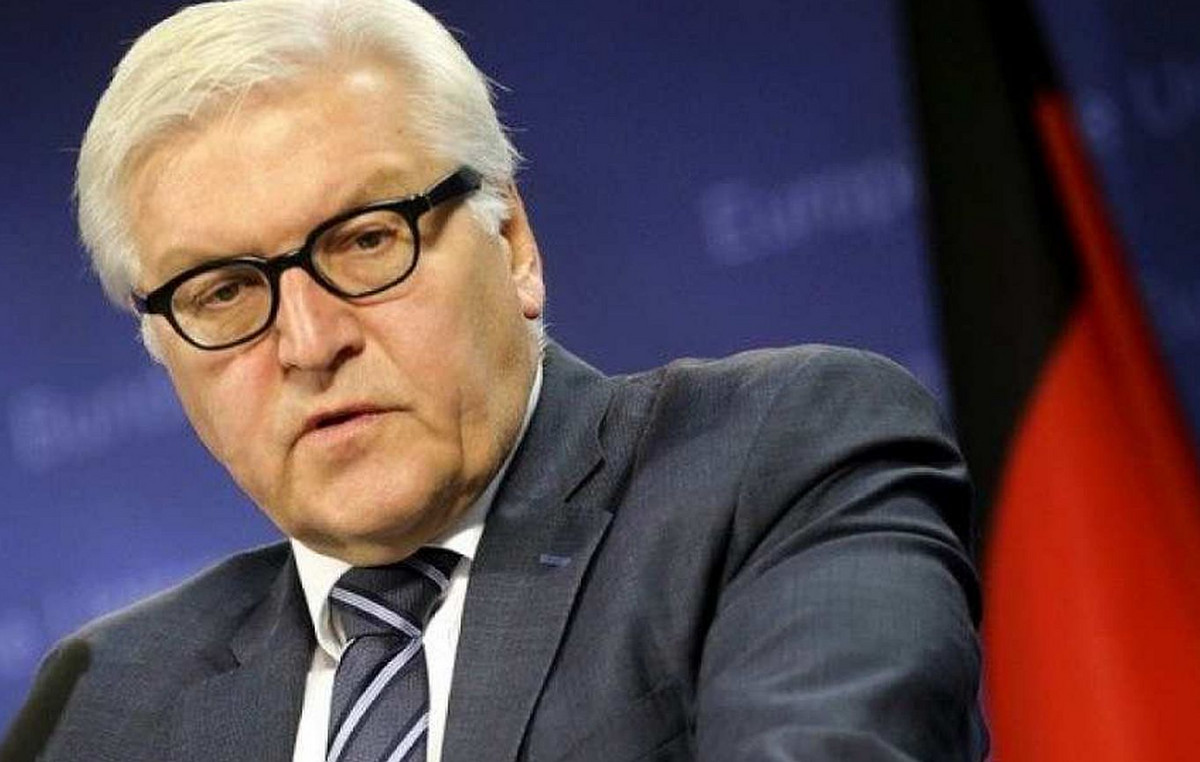Drugs called antivirals have properties capable of reducing the action of viruses in the human body. The fight against infection can be done by blocking the invasion of cells or by weakening viral replication, actions that contribute to preventing the evolution and worsening of diseases.
Antivirals should be used in the initial phase of infection, preferably between the first and fifth day of the onset of symptoms. The greater effectiveness of antivirals is associated with the presence of a greater amount of virus in the body, that is, a high viral load common at the beginning of the infection.
An antiviral known as tecovirimat, which was developed for common smallpox, was licensed by the European Medicines Agency (EMA) for monkeypox in 2022 based on data from animal and human studies. However, the drug is not yet widely available.
Brazil should receive the drug to expand the fight against the outbreak of the disease from a partnership with the Pan American Health Organization (PAHO). The information was confirmed by the Minister of Health, Marcelo Queiroga, this Monday (1st).
how the medicine works
Tecovirimat (also known as TPOXX) is a drug developed to treat the common smallpox virus. In the current outbreak of monkeypox, the drug has been used to fight the disease’s infection. The antiviral is available as an oral capsule (200 mg) and injection for intravenous administration.
In the United States, for example, tecovirimat was approved in 2018 by the Food and Drug Administration (FDA), a US agency similar to Anvisa, for the treatment of smallpox in adults and children, but not for Monkeypox . The US Centers for Disease Control and Prevention (CDC) maintains a expanded drug access protocol which allows its use for the early treatment of infection.
In animal studies, the tecovirimat has been shown to decrease the chance of death from orthopoxvirus infections such as monkeypox virus, when administered early in the disease. In people, a case series of individuals infected with Monkeypox virus, which included a patient treated with tecovirimat, suggests that the drug may shorten the duration of illness and viral spread. The results were published in scientific journal lancet (see details below ).
Who can benefit from antiviral use
According to the CDC, tecovirimat may be considered for treatment in people infected with monkeypox virus with serious illness such as bleeding cases, large lesions that are found, sepsis, inflammation of the brain (encephalitis) and other conditions that require hospitalization.
The WHO warns that newborns, children, pregnant women and people with immune deficiencies may be at risk of more severe symptoms and death from monkeypox. Worsening disease can also affect people with a history or presence of atopic dermatitis and with other active exfoliative skin conditions such as eczema, burns, severe acne, and herpes simplex virus infection.
Antiviral use may also be indicated for individuals with one or more complications, such as secondary bacterial infection, gastroenteritis with severe nausea and vomiting, diarrhea or dehydration, or other comorbidities.
WHO recommends that the use of tecovirimat be monitored in a clinical research setting with prospective data collection.
Challenges in antiviral use
Tecovirimat can shorten symptoms and shorten the time that monkeypox is contagious. A retrospective study involving seven patients diagnosed with the disease in the UK between 2018 and 2021.
Three cases of the disease were reported in the UK in 2021 in a family with a travel history to Nigeria. According to the study, two of these cases were the first examples of domestic transmission outside Africa.
One such case occurred in a child, who was closely watched because of the increased likelihood of mortality. The study shows that the child had mild illness and fully recovered.
One of the patients diagnosed in 2021 was treated with tecovirimat and had a shorter duration of symptoms and viral clearance from the upper respiratory tract than the other cases in this group. According to the study, all patients had mild disease and received treatment in a hospital environment with the main objective of controlling the spread of the infection and not due to the severity of the conditions.
No patient evaluated had the commonly recognized serious complications of monkeypox, such as pneumonia or sepsis (generalized infection). The results of the analysis were published in the journal Lancet in May.
Support treatment
In most cases, monkeypox patients receive so-called supportive care, that is, clinical care is aimed at relieving symptoms, in addition to managing complications and preventing long-term sequelae.
Patients should be given fluids and food to maintain adequate nutritional status. Secondary bacterial infections should be treated as indicated.
The disease begins, in most cases, with a sudden, strong and intense fever. The patient also has headache, nausea, exhaustion, tiredness and fundamentally the appearance of ganglia (swellings popularly known as “inguas”), which can happen both in the neck region, in the axillary region, and in the genital region.
The manifestation on the skin occurs in the form of blisters or lesions that can appear on different parts of the body, such as the face, hands, feet, eyes, mouth or genitals.
Monkeypox virus is transmitted from person to person through close contact with injuries, body fluids, respiratory droplets and contaminated materials such as bedding. The incubation period is usually 6 to 13 days, but can range from 5 to 21 days.
Source: CNN Brasil







